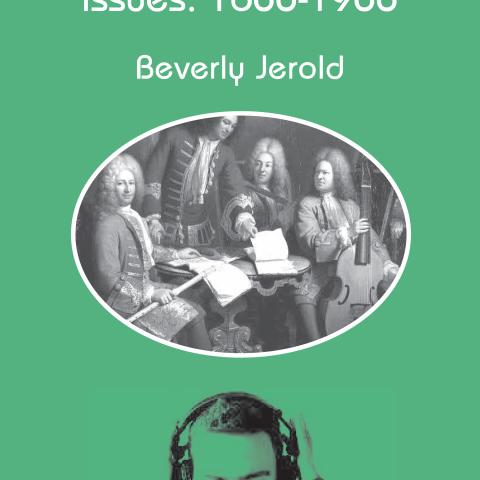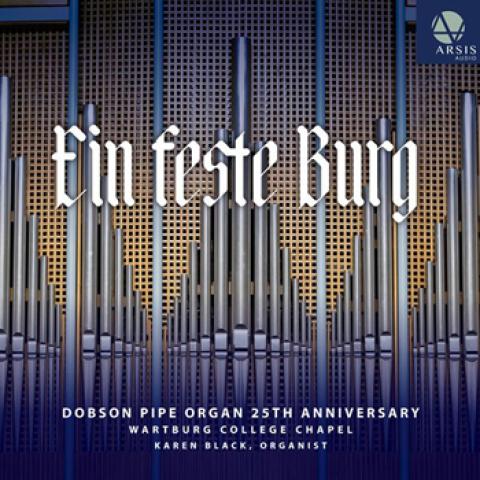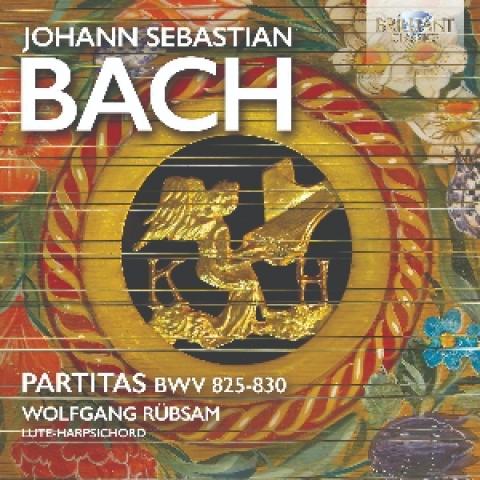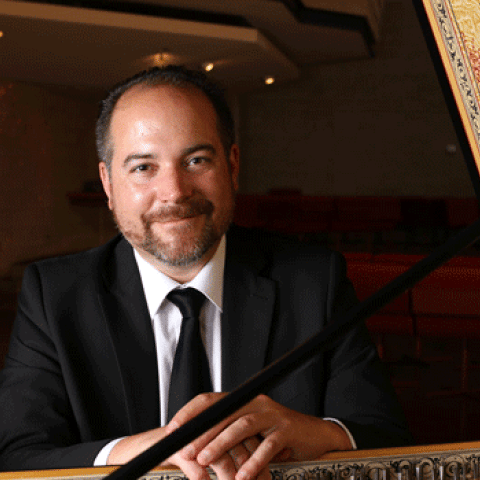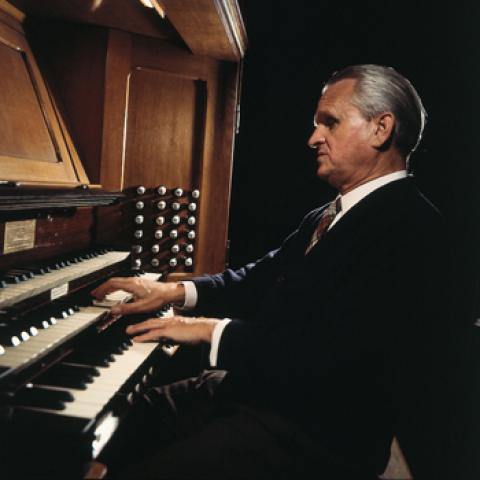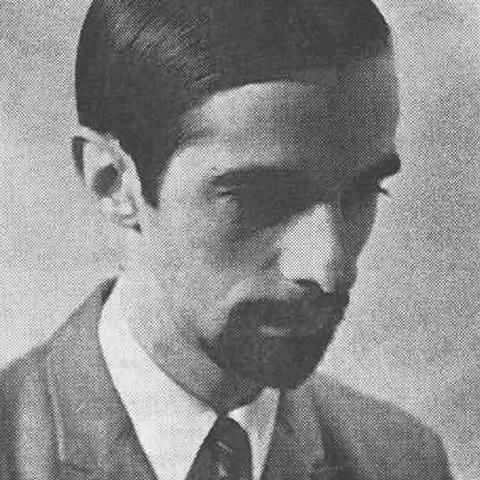
Whaling City Sound announces a new CD, Telemann Sonatas for Violin and Harpsichord: Frankfurt, 1715 ($14.99).
The disc features Dorian Komanoff, violin, and Paul Cienniwa, harpsichord, performing seven sonatas by Georg Philipp Telemann (1681–1767).
For information: www.whalingcitysound.com.

